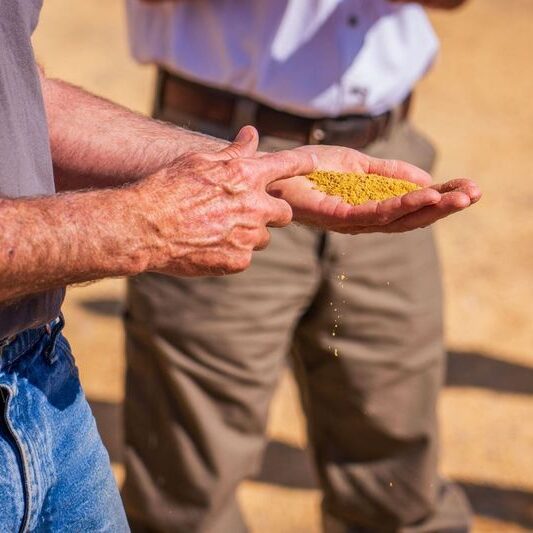What’s a trial?
Trials test the GFM on real farms, in real conditions.
Between 2023 and 2025, the GFM has been trialled on over 240 farms across 23 countries and six continents.
These involve a wide range of stakeholders: farmers, land managers, advisors, retailers, government bodies, NGOs, and researchers.
Each trial has unique goals and data-collection tools, exploring a range of different use cases—from education and system mapping to practical on-farm sustainability assessments.
All are united by a common framework – demonstrating the GFM’s potential to adapt and harmonise across diverse settings.
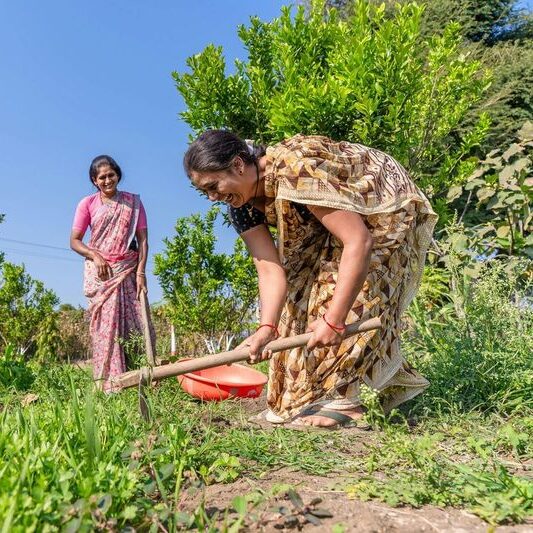
Farmers
Farmers across multiple trials used the GFM to turn data into action—identifying opportunities to improve practices, boost resilience, and unlock funding.
From enhancing grazing infrastructure to reducing input waste, the structured framework helped them link everyday decisions to long-term sustainability and financial outcomes.
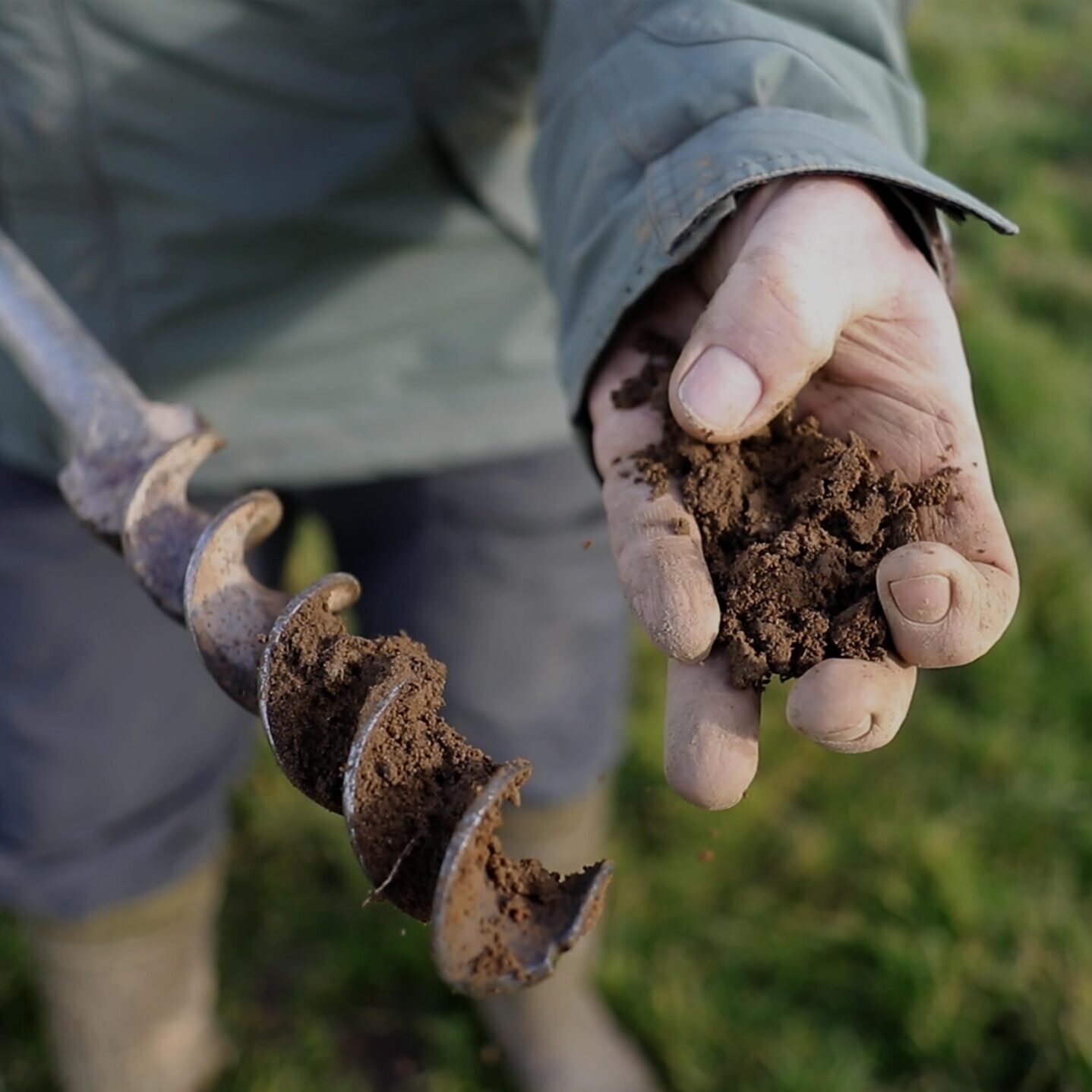
Supply chain
The framework provides a shared way to assess sustainability, unlocking insights across the supply chain.
By sharing holistic data, the GFM helped spark conversation, foster trust, align decision-making and open up pathways to scale progress across the wider food system.
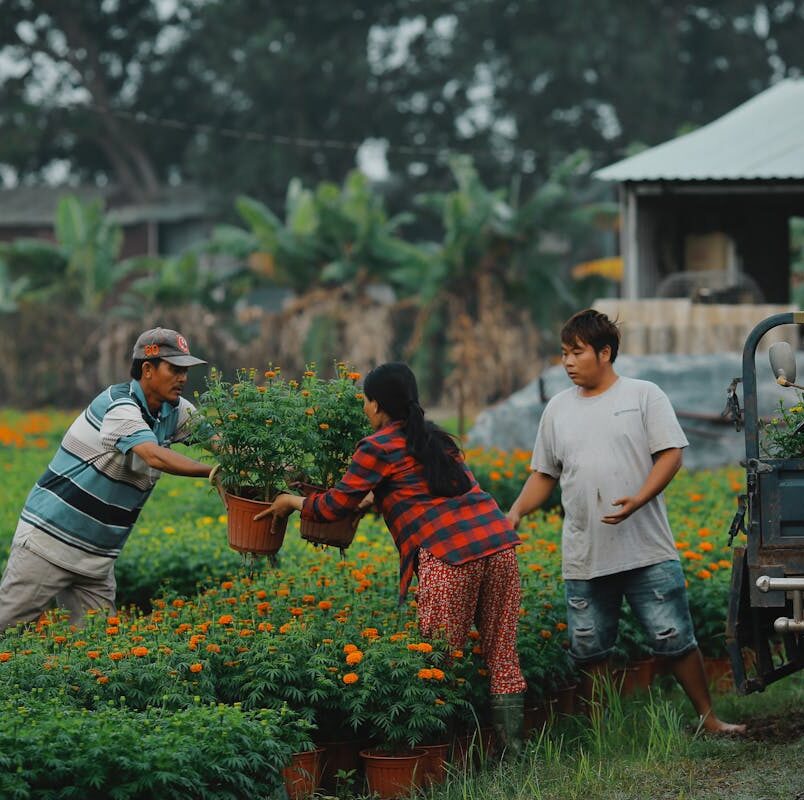
Policy and finance
Outcome-based, farm-level data can underpin government policies and evaluate whether public funds are truly delivering environmental outcomes.
For finance, the GFM supports both True Cost Accounting and investment decisions by making sustainability risks and opportunities visible—helping to unlock transition finance for more resilient farm systems.

Alignment
The GFM is helping to align sustainability efforts across the food and farming sector by providing a shared framework for understanding and measuring farm and landscape-level outcomes.
Recent trials showed that, despite differing goals, organisations could use the GFM as a common reference point—laying the groundwork for greater transparency, cooperation and alignment across the industry.
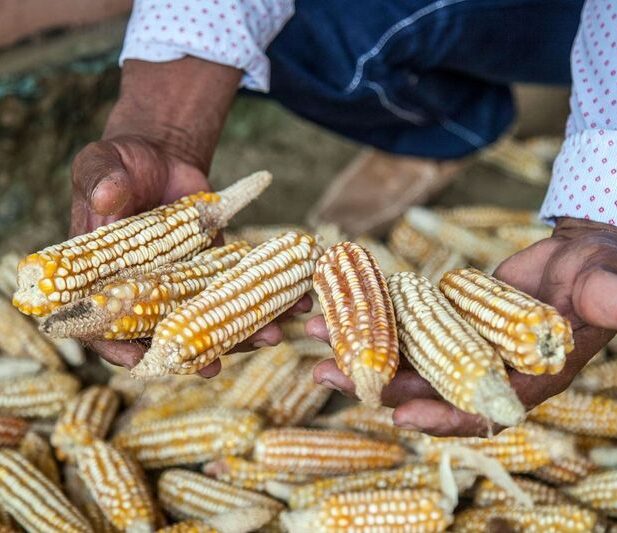
Education
The GFM is being used as an educational tool to build sustainability understanding across audiences—from farm advisors to school children—by making complex systems more tangible.
Its structured approach supports systems thinking, and new resources are now being developed to make the framework more accessible and engaging for diverse learners.

Evaluation
The GFM has been used to map and analyse sustainability frameworks across food and drink sectors, highlighting both overlaps and gaps in current assurance schemes.
Its broad relevance—from farms to wider supply chains—supports alignment with the Sustainable Development Goals and fosters greater collaboration for systemic change.
